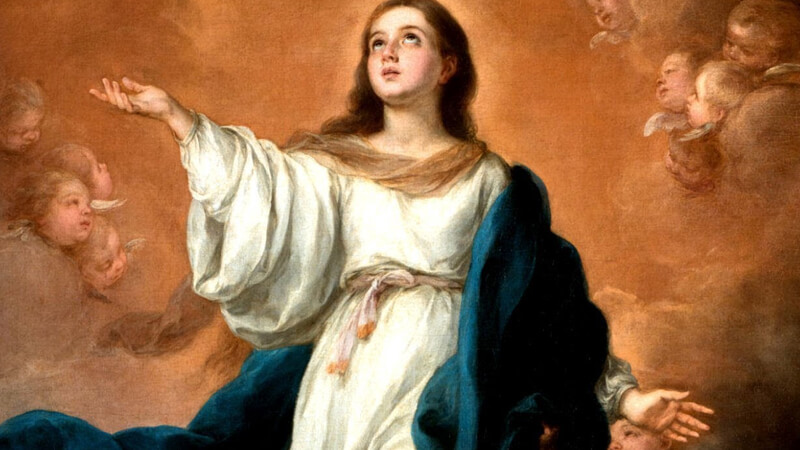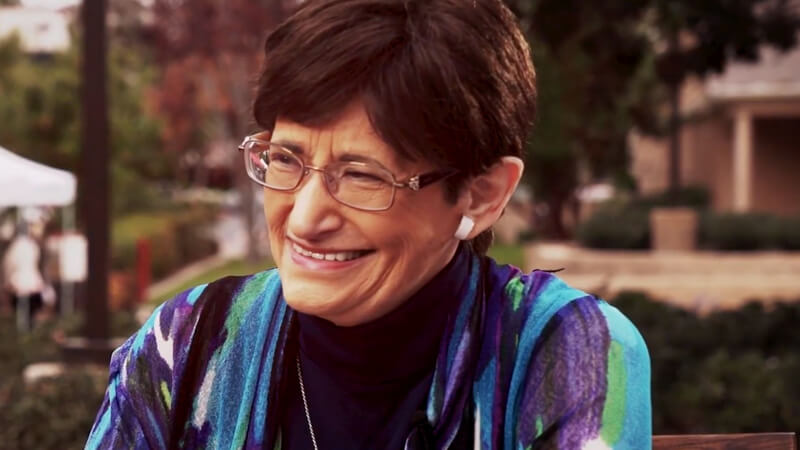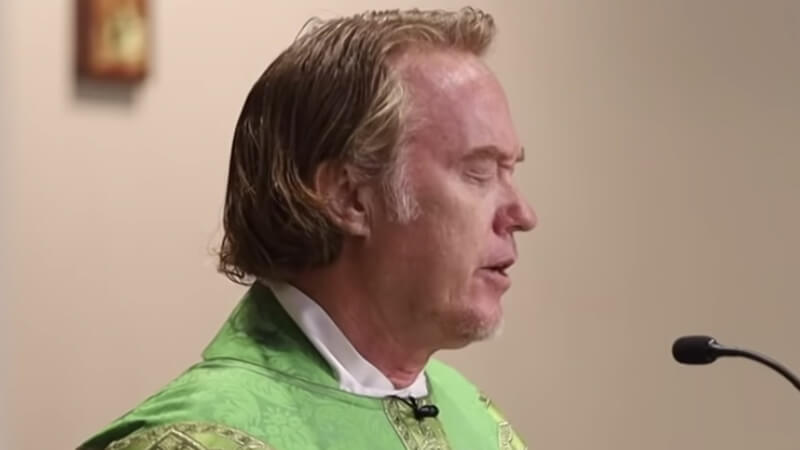Biography of Virgin Mary :- The Gospels only provide, with respect to Mary, the fundamental data and some anecdotes. It is said that before and after Jesus’ birth he lived in Nazareth, a small town in Galilee, and that, according to the law, he was married to the craftsman Saint Joseph of the family of David.
Mary accompanied Jesus during his ministry from one place to another, along with the women who accompanied him from Galilee and the “four brothers of Jesus”: James, Joseph, Simon and Judas, sons of Mary and Cleopas.
Biography of Virgin Mary
- Born:- Nazareth, Israel
- Spouse:- Saint Joseph
- Parents:- Saint Anne, Joachim
- Nick Names:- Blessed Virgin Mary, Mother of God, Virgin Mary, Saint Mary, Mother Mary
- Home Towns:- Sepphoris, Nazareth, Israel, Galilee, Israel
- Aunts:- Sobe, Mary
Both Mary and the four brothers were surrounded by an atmosphere of veneration that continued to grow, since Mary was convincingly fulfilling the conditions of the citizens of the kingdom.
See Also: Biography of St. Teresa of Jesus
As an example of the memory that the first disciples kept of Mary are the words placed in Elizabeth’s mouth: “Blessed are you who have believed” (Lk 1:45). There is also a living memory of Luke’s phrase: “Mary kept all these memories, meditating in her heart” (Lk 2:19).
Mary stood at the foot of the cross and witnessed the resurrection. His mention in the cenacle (Acts 1:14) together with the twelve apostles, the other women and the “brothers of Jesus” is the beginning of a living and constant presence in the heart of the early church.
The community of Jerusalem also honored Mary as “Mother of the Lord”, a title which Mary was made to share with the glory of Jesus and began the process of theological reflection on what has come to be called “the glories of Maria”.
From the point of view of the Christian faith, the figure of the Virgin Mary has a singular and increasing relevance throughout the centuries. As far as the Old Testament is concerned, the tradition has pointed out numerous texts in which are prophetic announcements about Mary.
A passage that has had great transcendence is the prophecy of Emmanuel (Isa. 7:14). In it, Isaiah announces as a divine sign the birth of a virgin (Shepherd almah and Greek parthénos ), in which the church sees the announcement of the Mother of the Messiah and her virginity.
In the New Testament, the childhood narratives of the Gospels of Matthew and Luke trace the teachings about the virgin conception and the birth of Jesus, transmitted in the early Christian community.
It narrates Saint Matthew that Mary virginally conceived the Messiah fulfilling thus the prophecy of Emmanuel. “Having conceived by the power of the Holy Spirit, he gives birth to a son named Jesus, Savior” (Mt 1: 20-25).
In Saint Luke the virginal conception and the messianic and divine motherhood of Mary are described in the narrative framework of the Annunciation as the work of the Holy Spirit (Lk 1: 26-35).
Luke presents to the Virgin as central figure of the gospel of the childhood, united, therefore, to the birth of Christ; and again emphasizes his presence in the acts of the apostles in narrating the nascent life of the church. St. John describes his presence in Cana, intervening actively in the first of the miracles performed by Christ, and at the foot of the cross.
Some Christian writers reflected on the significance of Mary in the whole mystery of salvation and in her relationship with Christ, her son.
Thus Saint Ignatius of Antioch (2nd century) inquired into the mystery of Jesus born of Mary, while St Justin defended the virginal conception of Mary and St. Irenaeus proposed a parallel between the figures of Eve-Mary and Adam-Christ.
Also in the middle of the second century appeared apocryphal texts (like the Protoevangelium of Santiago) where the life of Mary was told, from that of her parents Joaquin and Ana until after the birth of Jesus. In other texts ( Transitus ) explained the death of Mary and her assumption in body and soul to the heavens.
From the fourth and fifth centuries Mary was considered as the perfect model of faith and holiness to be imitated by the Christian virgins, according to the doctrine elaborated by the great doctors of the Church (Athanasius, Jerome, Ambrose, and Augustine).
In 431, the Council of Ephesus recognized Mary as Mother of God, thus confirming the belief of many faithful who had long since interceded before her.
For the Fathers of the Church, the perpetual virginity of Mary and her personal sanctity was a topic of discussion. The idea of a virginity “before the birth, in the delivery and after the childbirth” and of a total exemption of sin progressively came to be imposed.
The perpetual virginity was defined in the council of Lateran (649 aC) and in the dogmatic epistle of Pope Agatón (680 BC). The council of Trent, for its part, sanctioned in 1547 its total exemption from sin.
After centuries of discussion between the schools, the Church came to the conclusion that Mary had been redeemed in the light of the merits of Christ, but that from the first moment of her being she had been freed from the original stain.
This is the dogma of the Immaculate Conception defined by Pius IX in 1845. In the bull Munificentissimus Deus , Pius XII.




